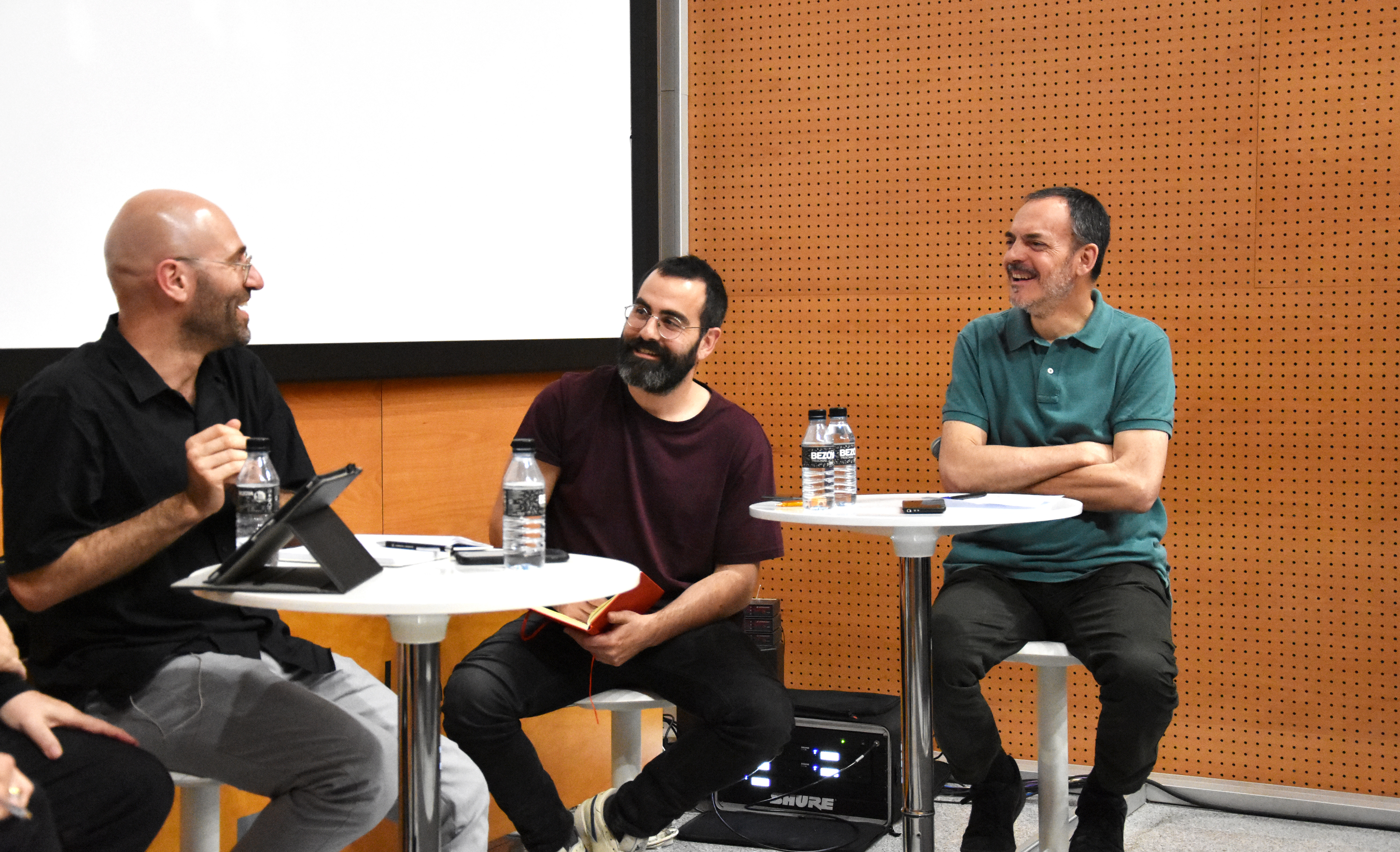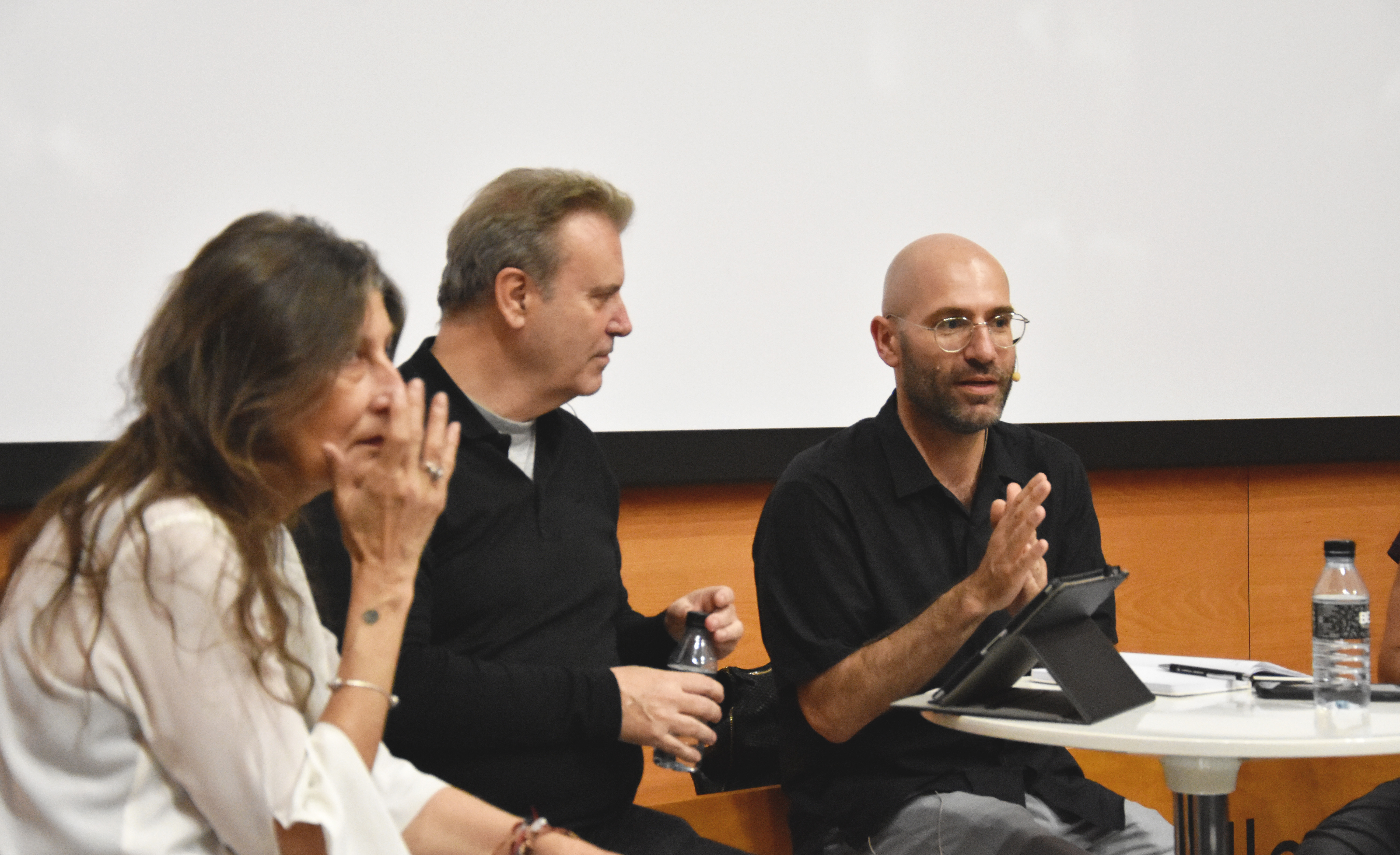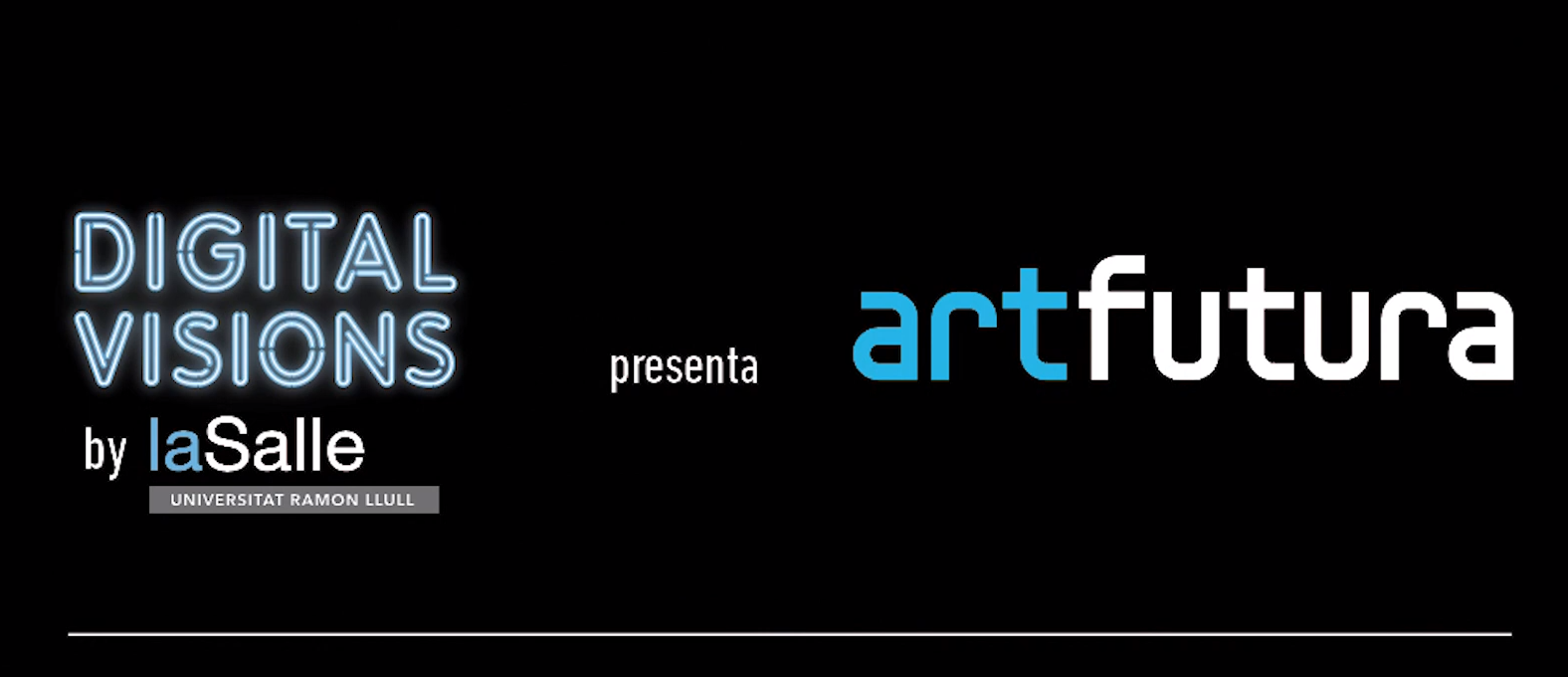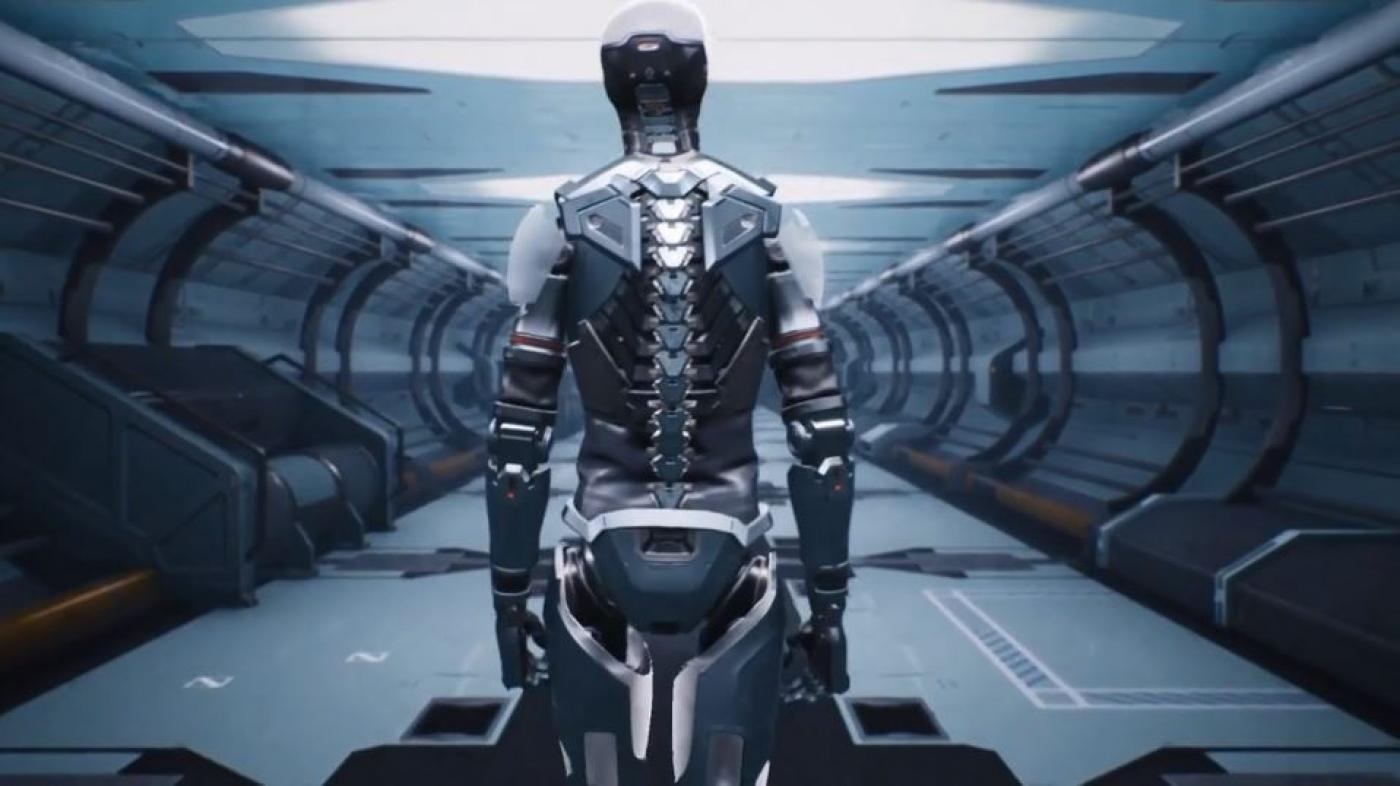The multi-format programme includes the screenings of a selection of works with the participation of Montxo Algora, director of ArtFutura, Luis Nacenta, director of Hangar Visual Arts Production and Research Centre, Roberta Bosco, journalist at El País, Oriol Pastor, director of the Mira festival, and Santi Fort, curator of the ArtFutura festival.
-Luis Nacenta, director of Hangar: “The time for geniuses is over, now is the time for talent. It’s complex, but it's not something only one person has, and it's something you can understand, learn and work on”
La Salle Campus Barcelona - URL, in collaboration with the ArtFutura festival, has held the first session of Digital Visions, a multiformat programme based on the theme of digital art, its present and future, and its many applications and methodologies, including different creative and social approaches. Held on the La Salle - URL campus on 31 May and 1 June, the programme featured screenings of a selection of the best works from ArtFutura with subsequent panel discussions, led by relevant industry players such as Montxo Algora, director of ArtFutura, Luis Nacenta, director of Hangar Visual Arts Production and Research Centre, Roberta Bosco, journalist from El País, Oriol Pastor, director of the Mira festival, and Santi Fort, curator of the ArtFutura festival.

A moment of change
Digital art is at a major crossroads due to the confluence of a series of changes. The first has to do with the technologies used, which have now reached a point where they are practical (ten years ago, virtual reality headsets were heavy and unwieldy, for example, whereas today, they can even be bought and used as home videogame consoles). The second has to do with people's attitude towards these technologies: society is increasingly used to using them, so the artist can no longer coast on offering the novelty of the experience, but must seek to make pieces of art that are increasingly complex with interesting content, while recovering and hybridising the techniques of classical art with digital technologies. Moreover, the public is now accustomed to interaction with technology, and so is more open to the experience of digital art. “Over the last ten years”, Roberta explains, “many of the technologies used by modern-day digital art are now available on everyone's phones. Technology that was once exotic and unknown is now a part of everyday life”.
To understand how content will be created, Montxo uses cinema as an example. “It started out as a fairground attraction, with Edison’s coin-operated kinetoscopes, but it moved toward black-and-white film projected in theatres, the appearance of sound, colour film... To apply this evolution to digital art, we’re now beginning to move on from being a fairground attraction to the first black-and-white films.
And just as with cinema, Oriol says that “digital art pushes artists into a collaborative context”.
“We’re moving away from the Romantic idea, entrenched by the arts market, of the artistic genius who offers down gift”, explains Roberta. Montxo adds: “The time for geniuses is over, now is the time for talent. It’s complex, but it's not something only one person has, and it's something you can understand, learn and work on”
As with the great film directors, Luis explains, each team of digital artists will have a member who sets the course and imprints their own personality on a specific project, but it will be a collective artform based on the knowledge contributed by each member.
For this reason, it is important that digital artists have multidisciplinary knowledge. On the one hand, classical artistic techniques, and on the other hand, various technologies, such as multimedia, 3d modelling and programming. This will allow them to work efficiently with multidisciplinary teams and also, as Roberta explains, will let them “really own the technology and be able to rework it”.

The role of training
Digital Visions is part of the process of promoting the visibility of the sector's leading players, through which La Salle - URL aims to position itself as the leading name in the digital arts sector. This year, the university centre has launched a degree in Digital Arts, a three-year programme coordinated by Oriol Pastor and Santi Fort that incorporates knowledge of digital tools to train new artists that are able to adapt to new artistic trends and the professions of the future. In the words of Luis Nacenta: “Talent is a tendency and an instinct, something you can work with. A degree like this, which guides the student in the development of their artistic talent, is a fantastic idea.
It’s part of a wider commitment that began four years ago, when La Salle - URL launched their degree in Animation, which this year sees its first group of graduates finishing, and which was created in response to the changes currently taking place in society and knowledge. Currently, the content generation sector is immersed in a relentless process of digitalisation. According to the latest report by the National Telecommunications and Information Society Observatory, in Spain the business now exceeds 11.467 billion euros, a percentage that is increasing year on year, and is already greater than 54%. This also means the annual growth in the number of jobs in the digital content sector has increased year on year by more than 120%. Aside from the economic criteria, the combination of arts, science and technology is one of the objectives of the EU 2020 Strategic Plan, which aims to promote the content creation industries and the transition to a society whose main raw material is knowledge and cultural creation.
As a multidisciplinary university centre with a strong technological tradition, La Salle - URL is the perfect forum to develop the talent needed for this new context of fusion between art and the sciences society is pursuing, in response to the tremendous need for creators of digital content with both artistic and technological training.

